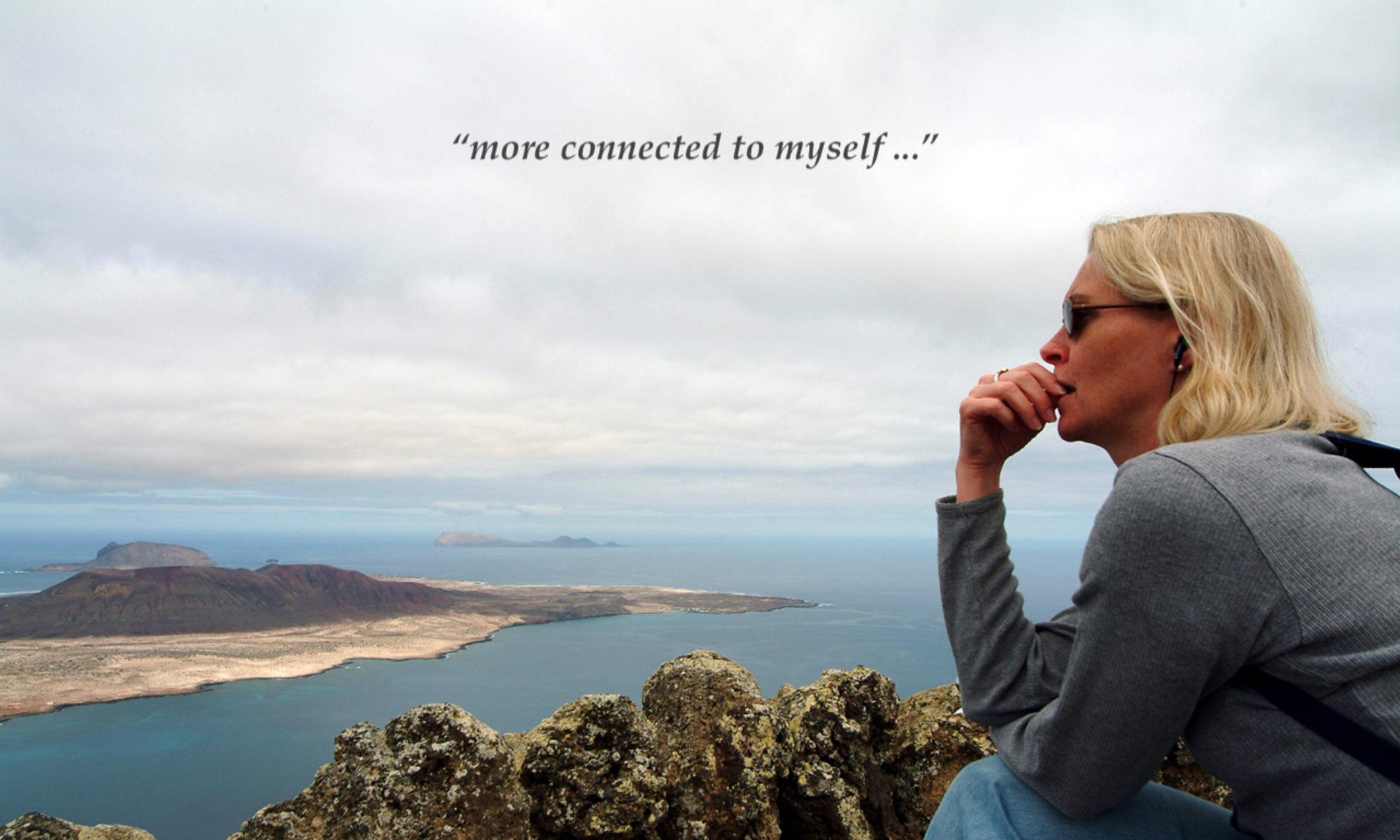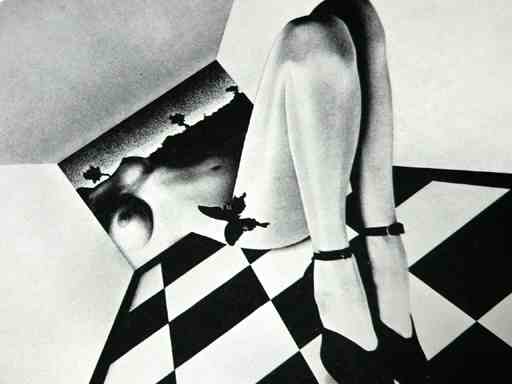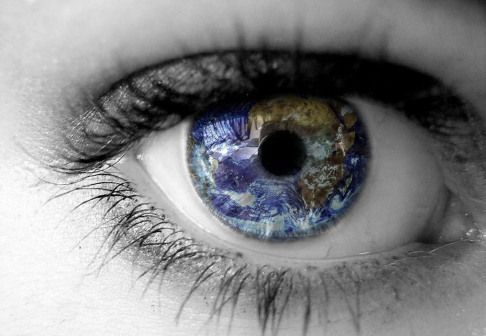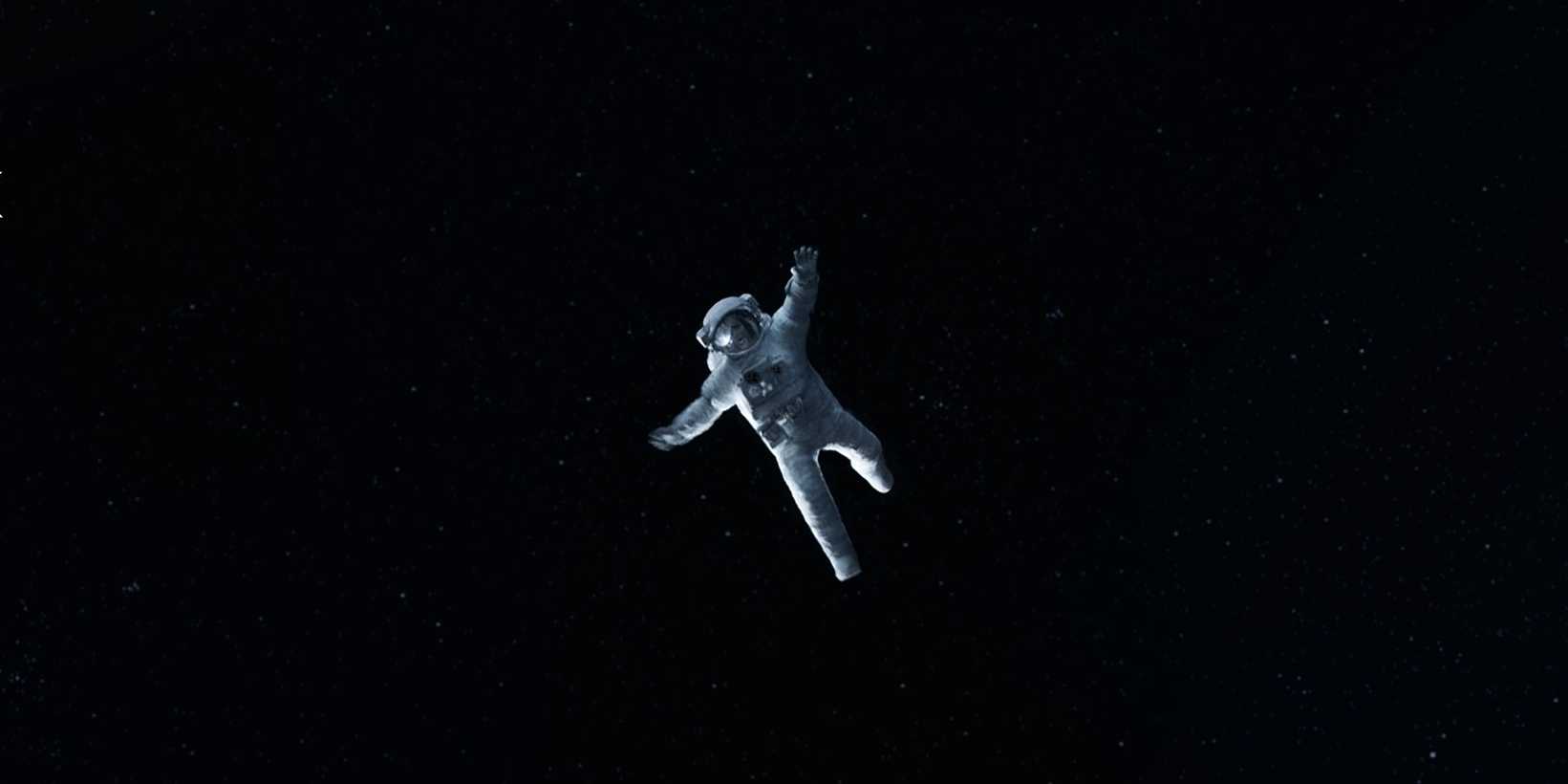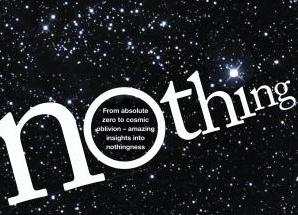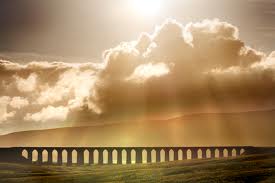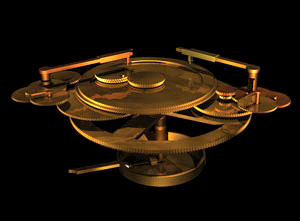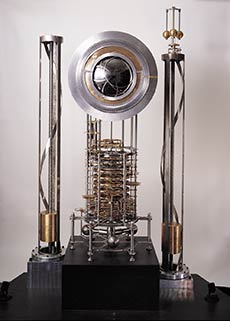“Do not seek to bring things to pass in accordance with your wishes, but wish for them as they are, and you will find them.”
Epictetus
Meditation:
“Saying the mantra is like watching the bag dancing in the wind in American Beauty.”
Via Transformativa
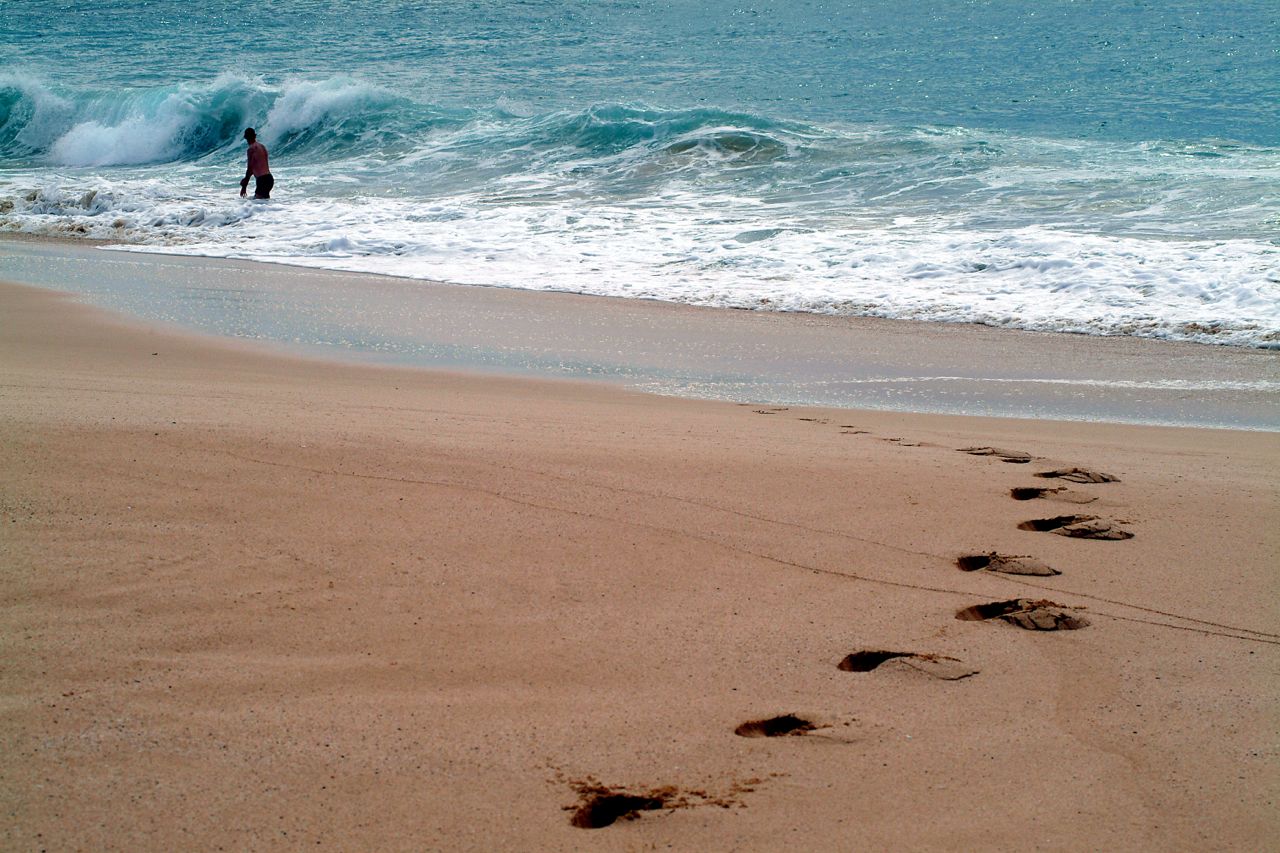 How will you know when it’s the best day of your life?
How will you know when it’s the best day of your life?
Well, of course, you won’t. It will have passed before you know it. And anyway – no matter how fantastic this day is turning out to be who’s to say tomorrow won’t be even better?
In the movie ‘About Time’ Tim discovers that, like his father, he can travel in time and change what happens in his own life. Desperate for a girlfriend he is able to re-engineer social situations to his advantage. Result. As the novelty wears off he uses his ‘skip backwards’ trick to relive ordinary days to find the gold in the lead.
So although playing the game of ‘spot the best day of your life’ can be fun it can’t be won but it does help us focus on fully appreciating the present experience not becoming lost to the moment in some anticipated future or fondly remembered past.
We can take this a step further. Because the perfect day will elude us in its passing we can always live this present day as if it was the perfect day. And in a profound way it is. In the grand order of things the cosmos is in its perfect stage of inflation, our galaxy is in a perfect spin rotating once every 226 million years and the sun comes up on the frostiest of mornings. More prosaically, the traffic on the ring road is exactly as busy as it is and you will get to the station just in time to catch (or miss) your train.
With so much finely tuned for benevolence it seems churlish to accuse the garden of Life of serving you a lemon. Learn to like lemons. Who is the sage that said “happiness consists in wanting what you’ve got”?
This is not a manifesto for passive acquiescence in the face of unacceptable injustice. It is, however, a manifesto based on the intuitive understanding that you and Life are not separate … or that Life is ‘being done’ to you. You are Life unfolding.
“The truth is I now don’t travel back at all, not even for the day. I just try to live every day as if I’ve deliberately come back to this one day, to enjoy it, as if it was the full final day of my extraordinary, ordinary life.” Tim in About Time.
